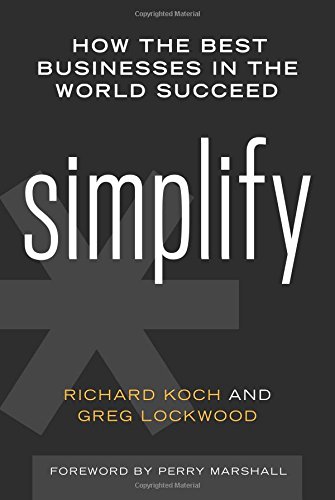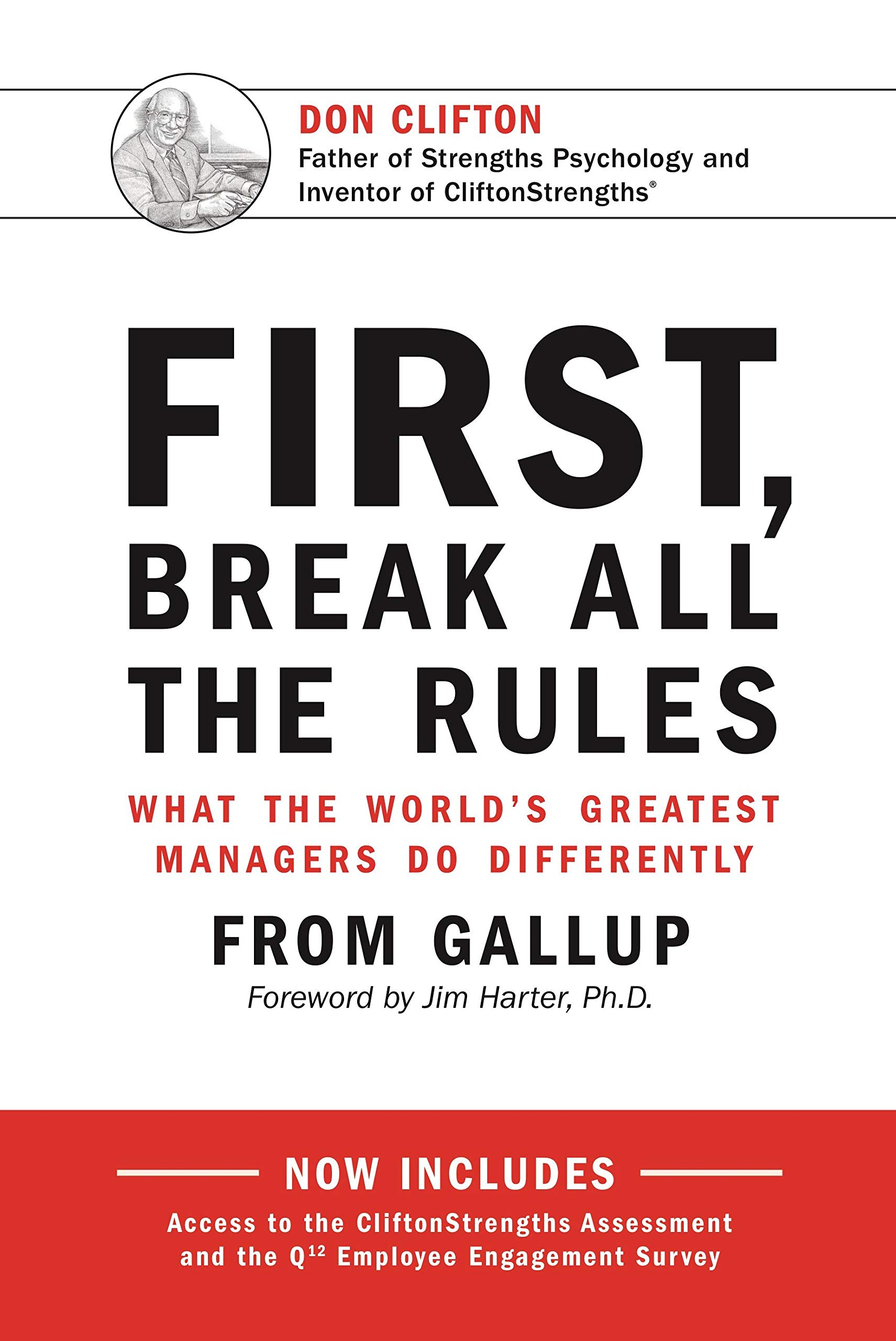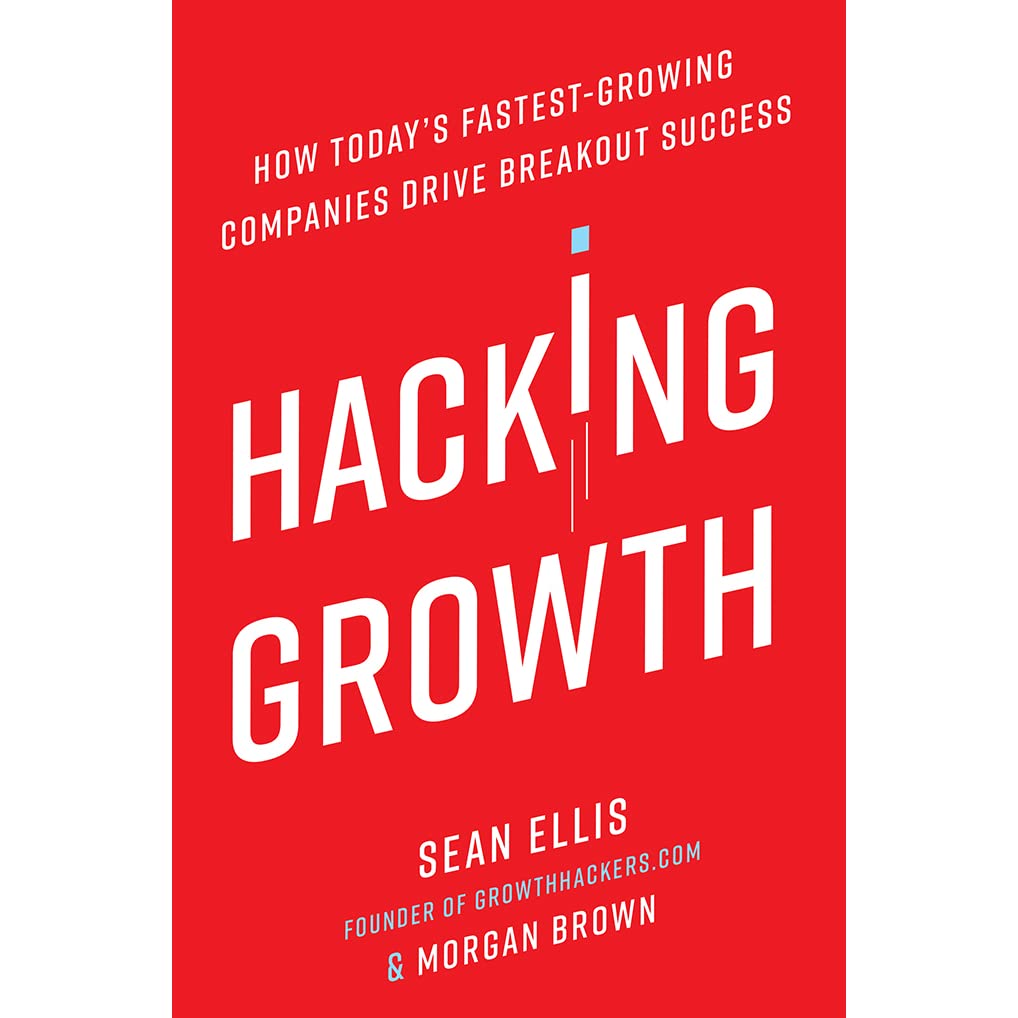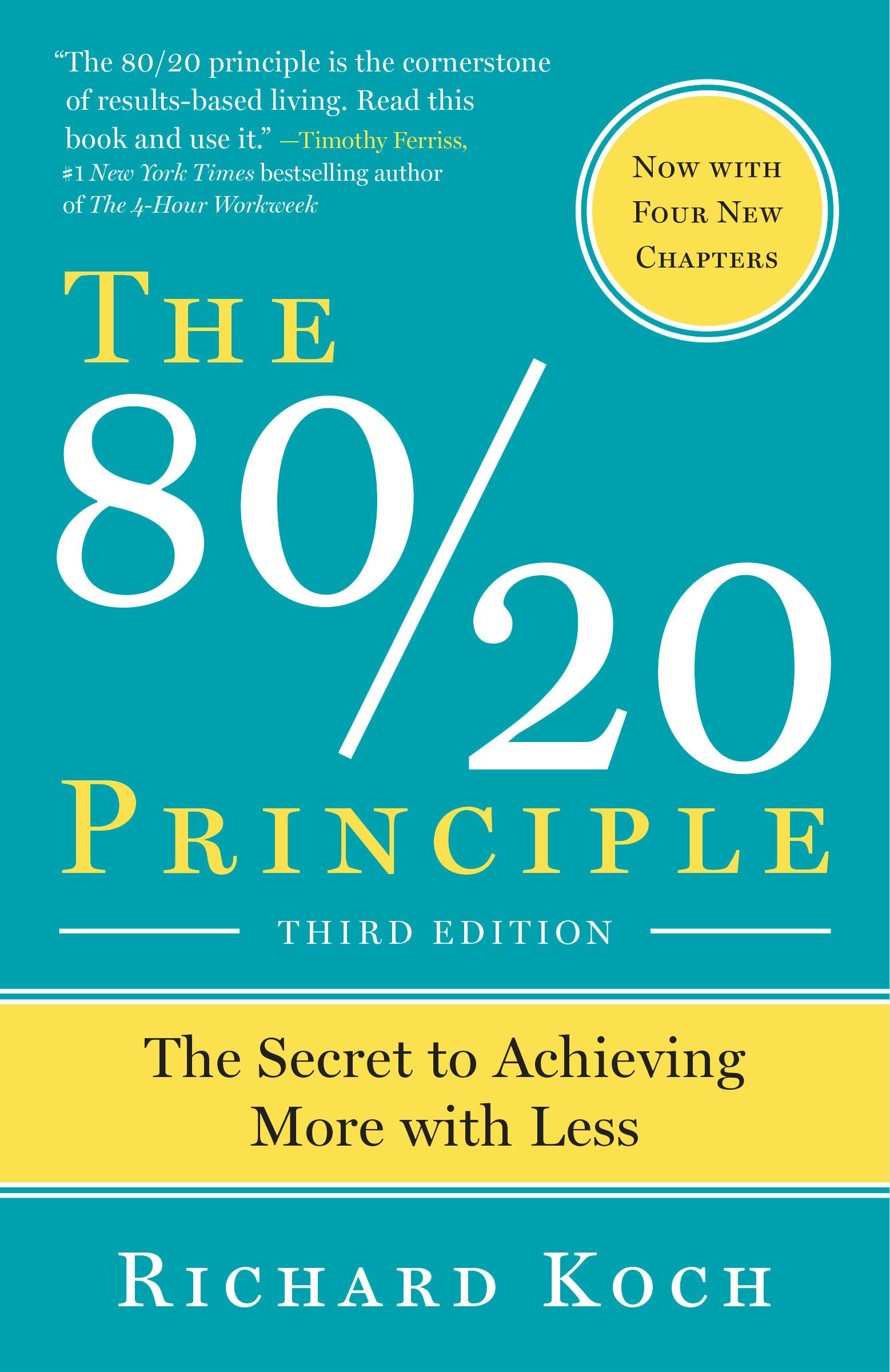Influence by Robert B. Cialdini
Robert Cialdini, Professor of Psychology at Arizona State University, has identified 6 Principles of Influence—what makes people agree to do or buy something (based on 35 years of evidence based research)
- Reciprocation: ‘People repay kindness’
- Social obligations: Humans inherently dislike being indebted to someone. We feel obliged to give back to others (a behaviour, gift, or service) that we receive first. E.g.: A friend invites you to his/her party, there’s an obligation for you to invite him/her to a future party (whether you like him/her or not!) A supermarket sold £1000 of cheese in a few hours by inviting customers to slice their own free samples. Hare Krishna society in the USA solicited donations successfully by offering a gift first (a rose, a book), people accepted (whether they wanted it or not) and they gave donations (whether they wanted it or not!)
The key is to be the first to give; make it personalised and unexpected. Amount of favour generally doesn’t matter much. (An actress helped her friend in a big way. Because when she wanted to move her house a few years ago, she had asked help to 20 friends, and only that friend had turned up)
Caution: Don’t mix repaying personal favours with business favours. (A boss can’t give a higher raise to his Reportee because he gives lift to the boss)
Tip: When you do a favour, don’t say, “Naah, don’t worry it’s no big deal” (losing the chance to influence the other person) or “Now, you owe me one” (forcing a commitment on the other person), but say “You would have done the same for me” (Conditioning the other person to think returning the favour as his own action)
- Reject & Retreat: This technique consists of first making a higher demand, then waiting for it to be rejected, only to follow this demand up with a smaller one, (that you really wanted all along. It makes your demand feel like a concession). ‘If you want a kitten, first ask for a pony’. E.g. When a group of people asked to volunteer to manage a school-trip every Saturday for 2 years, they denied. Then, they were asked to do it only for one Saturday, they accepted!
Caution: Don’t make your first demand so high that the other person find you un-reasonable
- Commitment and Consistency: ‘People like to be consistent with the things they have previously said or done
Good personal consistency is highly valued in human culture. Inconsistency is commonly thought to be an undesirable personality trait. The person whose beliefs, words, and deeds don’t match may be seen as indecisive, confused, two-faced, or even mentally ill. On the other side, a high degree of consistency is normally associated with personal and intellectual strength. It is at the heart of logic, rationality, stability, and honesty.
Consistency is activated by looking for, and asking for, small initial commitments that can be made. Get people to do voluntary, active, and public commitments, and ideally gets those commitments in writing. (That’s why it is recommended to write down/verbally state our goals, as we then stand a much greater chance of sticking to them!)
E.g.: Households were called and asked to predict what they would do if they were asked to volunteer for three hours to collect for charity. Three days later, they were re-called and asked to collect for charity. This led to an increase in the numbers of volunteers by 700%. A woman who wanted to quit smoking, wrote it on a few business cards and gave it to the people she loved. The thought of not failing them made her comply—she quit smoking in 3 weeks!
Living up to our identity – “We are what we repeatedly do”- Aristotle. We will act in ways that are consistent with our identity, beliefs and values. American Prisoners of War (POWs) in Korea started co-operating, when they were labelled and classed themselves as a collaborator.
- Social Proof: ‘People follow the lead of similar others’
People are more willing to take a recommended action, if they see evidence that many others, especially similar others, are taking it (i.e. Social Validation. E.g. In a new city, which restaurant would you go to, the one with full parking lot or the one with empty one?) When people are uncertain, they look at the actions and behaviours of others to determine their own. (Mind doesn’t want to work, if others, similar to me, are doing it, they must have thought about it)
E.g.: In places of worship, bars etc. some money is already kept in the collection jar. It’s to stimulate other to give. Long ques outside (even if it’s an arranged one) make a bar, restaurant popular
- Authority: ‘People follow the lead of credible, knowledgeable experts’
People are more willing to follow the directions or recommendations of a person who they think has the relevant authority or expertise. Greater the perceived authority of a person, the more likely people are to comply
E.g.: One study showed that 3 times as many pedestrians were willing to follow a man into traffic against the red light when he was merely dressed as an authority in a business suit and tie. Hospitals have a 12% daily error rate, because, nurses and junior doctors will very rarely challenge the decision made by a doctor. In an experiment, Airplane crew did not challenge the Pilot when he did a catastrophic mistake (purposefully) that would have led to a plane-crash
We often perceive and interact with people with authority differently. It’s important to signal to others what makes you a credible, knowledgeable authority before you make your influence attempt. (E.g. Physiotherapists are able to persuade more of their patients to comply with recommended exercise programs if they display their medical diplomas on the walls of their consulting rooms.). Arrange someone to introduce your expertise to your prospects (“Speak to Peter, our head of sales. He has over 20 years’ experience selling properties. I’ll put you through now.”) Spend some time in the first meeting presenting your experience & expertise
- Liking: ‘People like those who like them’
As a rule, we prefer to say yes to the request of those we like over those we don’t. E.g.: Joe Girard won for twelve years straight the title of ‘Number one salesman’, selling on average five cars or trucks a day. One of his key tactics however was to employ the use of compliments. Every month he sent every one of his 13,000 former customers a holiday greeting card containing a personal message—‘I like you’. In Tupperware Home Demonstration parties, guests are 3 times more likely to purchase products because they like the party’s hostess than they like the products. When a salesman approaches the person recommended, saying “your friend recommended this for you” it increases the chance they will make a purchase. Turning the salesman away is difficult as it’s like rejecting one’s friend
We like people who are similar to us (same views, interests, beliefs and values), we like people who pay us compliments, and we like people who cooperate with us towards mutual goals. We, therefore, need to find areas of shared interest to increase rapport and connection.
E.g. In a study on series of negotiations, when the discussion started like
| How the discussion started | % reached agreeable outcomes |
| “Time is money. Get straight down to business.” | 55% |
| Before negotiating began, exchanged some personal information with each other & identified similarities both parties share | 90% |
(Tip: Studies found, people automatically attribute traits such as talent, kindness, honesty and intelligence to attractive/good-looking/well-dressed people)
- Scarcity: ‘People want more of what they can have less of’
People find objects and opportunities more attractive to the degree that they are scarce, rare, or dwindling in availability. We are more motivated to act if we think we are going to lose something, than if we are to gain something. E.g. ‘Save £50 a month on…’ would not be as effective as ‘You are losing £50 a month on…’.
An item that is scarce is more desirable than one that is freely available. E.g. When British Airways announced in 2003 that they would no longer operate the London—New York Concorde flight because it had become uneconomical to run, sales the very next day took off.
Even information that is scarce is more effective. A beef importer in the US informed his customers (honestly) that, because of weather conditions in Australia, there was likely to be a shortage of Australian beef. His orders more than doubled. However, when he added (also honestly) that this information came from his company’s exclusive contacts in the Australian National Weather Service, orders increased by 600%!
So, it’s not enough simply to tell people about the benefits they’ll gain if they choose your products and services. You’ll also need to point out what is unique about your proposition and what they stand to lose if they fail to consider your proposal.
- Don’t be a Bungler or a Smuggler of influence, but be a Sleuth!

- Bunglers: Simply miss chances and cues that legitimately they should take to influence people. E.g. if they’ve done a favour to a customer, they would say “Don’t worry, it’s no big deal”. They don’t use the power of scarcity to further their sales cause; fail to produce proofs that their product works when they have adequate proofs that it does.
- Smugglers: They are too sneaky for their own good. They may use legitimate techniques of influence, but at the wrong time and out of context. “They get what they want, but Customers get what they don’t want!”
- Sleuths: They use all of the acceptable techniques of influence – at the right time and in the right context. This is the detective of sales, the professional who helps a customer discover ways to solve problems.
- Other key points:
- 7th principle of Influence: Reason Why
Attaching a reason to a request increases the success rate: “I have 5 pages, can I use the Xerox machine before you because I’m in a rush” had a success rate of 94% 60% success rate when no ‘reason why’ was given. [Stupid version of like ‘I have 5 pages, can I use the Xerox machine before you because I’ve to make copies’ also worked!] - Showing potential customers the most expensive item first then working downwards in price leads to an increase in the amount spent (as the next products seem cheaper in comparison).
- 7th principle of Influence: Reason Why












